Embarking on a hiking adventure is like stepping into a new world filled with breathtaking landscapes, invigorating fresh air, and the tranquil sounds of nature. But to truly enjoy and make the most out of these excursions, being well-prepared is key. That’s where understanding the top 10 essentials for hiking comes into play. From ensuring your path is well-lit to keeping your belly full and spirits high, each item on this list plays a crucial role in your journey. So, lace up your boots, and let's delve into the essentials that will make your next hike both enjoyable and safe.
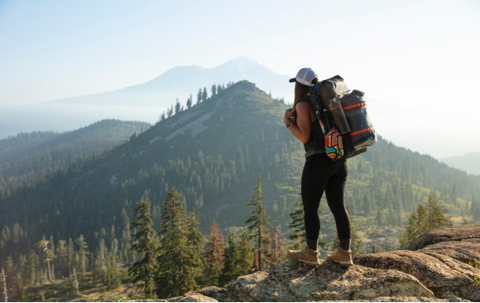
1. Navigation: Finding your way
Navigating through the wilderness, integral to the 10 essentials for hiking, is a fundamental skill for any hiker. It's not just about finding your path; it's about ensuring safety and confidence as you explore the unknown.
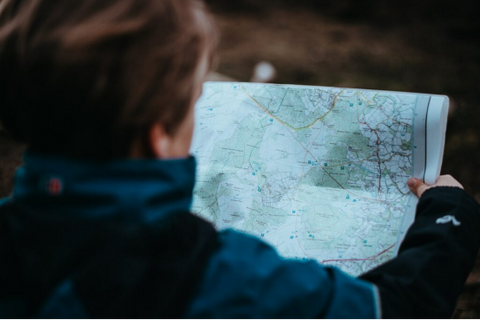
Options for navigation
- Maps: The traditional, reliable method. Always carry a physical map of the area.
- Compasses: Works in tandem with a map to pinpoint your location.
- GPS Devices: Offers precise location tracking and route mapping.
- Smartphone Apps: Convenient, but requires battery power and may lack coverage in remote areas.
Tips for effective use
- Learn to read topographic maps and use a compass before your hike.
- Always carry extra batteries or a power bank for electronic devices.
- Familiarize yourself with your navigation tools before hitting the trail.
Equipping yourself with the right navigation tools and knowledge ensures a safe and enjoyable adventure, allowing you to fully immerse in the beauty of your surroundings.
2. Sun protection: Safeguarding your skin
The intensity of UV rays increases with altitude, making sun protection crucial for hikers. It guards against sunburn, heat exhaustion, and potential skin cancer.
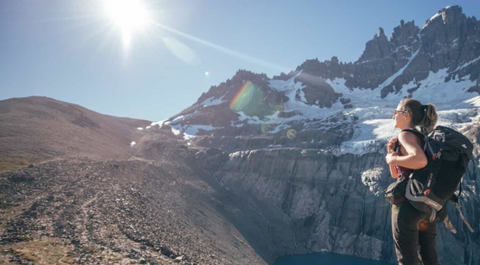
Recommended sun protection gear
- Sunscreen: Broad-spectrum SPF 30 or higher.
- Sunglasses: UV-protection lenses.
- Hats: Wide-brimmed for maximum coverage.
- Clothing: Long-sleeved shirts and pants with UV protection.
Advice on reapplication and staying protected:
- Apply sunscreen generously 30 minutes before sun exposure and reapply every two hours, or more often if sweating or swimming.
- Wear sunglasses and hats at all times in daylight, even in cloudy conditions.
- Choose lightweight, breathable fabrics for sun-protective clothing to stay cool.
Incorporating these sun protection strategies into your hiking preparation ensures you can enjoy the great outdoors while minimizing the risks associated with sun exposure.
3. Insulation: Dressing for success
Check the weather forecast before your hike. Conditions can change rapidly, especially in mountainous areas, making it crucial to be prepared for anything from sun to rain to cold.

Layering principles for various climates
- Base Layers: Moisture-wicking materials keep you dry from sweat.
- Insulating Layers: Fleece or down jackets provide warmth.
- Outer Layers: Waterproof and windproof jackets shield against harsh weather.
Essential insulation gear
- Moisture-Wicking Base Layers: Essential for all climates to keep the skin dry.
- Insulating Layers: Adapt based on the temperature; carry an extra layer than you think you'll need.
- Waterproof Outer Layers: Protect against rain and wind, ensuring comfort and safety.
Mastering the art of layering allows you to respond effectively to the weather, ensuring that your adventure remains memorable for all the right reasons.
4. Illumination: Lighting the way
Adequate lighting is crucial for navigating in the dark, signaling for help in emergencies, and performing tasks around the campsite after sunset.
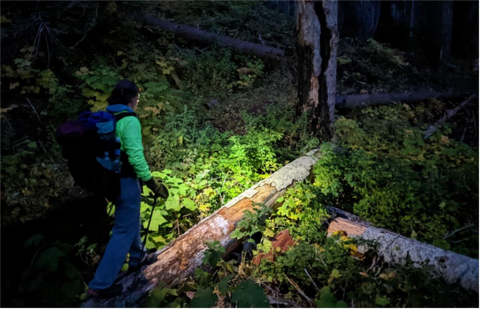
Different types of lighting tools
- Headlamps: Hands-free operation makes headlamps ideal for tasks and walking in the dark.
- Flashlights: Provide focused lighting and can be more powerful than headlamps.
- Lanterns: Best for illuminating camp areas or as a stationary light source.
Tips for choosing and using illumination devices
- Prioritize devices with LED bulbs for longer battery life and better durability.
- Consider the lumens (light output) to ensure it meets your needs for brightness.
- Always carry extra batteries or a backup power source.
- For headlamps, choose one with adjustable straps and a tilt function for comfort and versatility.
By selecting the right lighting tools and understanding how to use them effectively, you can ensure that your path is always well-lit, allowing for a safer and more enjoyable hiking experience.
5. First-aid supplies: Being prepared for emergencies
Access to first-aid supplies, a critical component of the 10 essentials for hiking, can mean the difference between a minor inconvenience and a trip-ending injury. Being prepared allows you to address wounds, bites, and other health issues immediately, preventing them from worsening.

Key components of a hiking first-aid kit
- Bandages and Gauze: For covering and protecting wounds.
- Antiseptic Wipes and Ointments: To clean injuries and prevent infection.
- Blister Treatment: Such as moleskin or hydrogel pads.
- Pain Relievers: Like ibuprofen or acetaminophen.
- Tweezers: For splinter or tick removal.
- Medical Tape: For securing bandages or makeshift splints.
Personalizing your first-aid kit
- Consider the length of your hike and the size of your group. A longer trip or larger group may require more supplies.
- Factor in personal medications and any specific medical needs, such as allergy medications or asthma inhalers.
- Include items for common hiking ailments, like anti-diarrhea pills and electrolyte packets for hydration.
Carrying a personalized first-aid kit and having the knowledge to use it effectively empowers you to handle emergencies with confidence, ensuring that you and your fellow hikers can safely enjoy your outdoor adventures.
6. Fire: Essential for warmth and more
Beyond its practical uses, fire can be a critical survival tool. It provides warmth, wards off predators, and boils water for purification. In emergencies, a fire can be a beacon for rescuers.

Safe and effective fire-starting methods and tools
- Matches: Waterproof or stormproof matches ensure reliability in all conditions.
- Lighters: Easy to use, but always carry a spare as they can malfunction.
- Fire Starters: Commercial fire starters, dry tinder, or homemade options like lint balls dipped in vaseline.
Fire safety tips to protect yourself and nature
- Always check local fire regulations before starting a fire.
- Use existing fire rings or pits to minimize environmental impact.
- Keep your fire manageable; never leave it unattended.
- Ensure the fire is completely extinguished before leaving. Use water or dirt and stir until it's cold to the touch.
Understanding the importance of fire, employing safe practices, and utilizing the proper tools not only enhances your hiking experience but also ensures you leave no trace, preserving the natural beauty for future adventurers.
7. Repair kit and tools: Ready for anything
Whether it's a torn backpack, a broken tent pole, or a malfunctioning stove, having the means to perform quick repairs can save the day. These tools are invaluable for adapting to the unexpected challenges that nature may present.
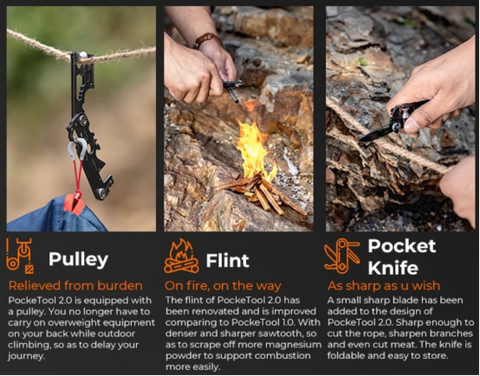
Suggested items
- Multi-tools: Equipped with knives, screwdrivers, and pliers for a range of repairs.
- Duct Tape: The all-purpose solution for temporary fixes, from mending gear to medical uses.
- Specific Repair Items: Spare tent stakes, stove maintenance kits, and fabric repair patches.
Practical uses for these tools in common hiking scenarios:
- Multi-tools can be used to tighten screws on trekking poles, cut materials for bandages, or repair gear.
- Duct Tape serves as a quick fix for torn shoes, broken tent poles, or sealing leaks in hydration systems.
- Specific Repair Items like tent stakes can replace lost ones, and patches can mend holes in tents or backpacks, keeping your equipment functional and reliable.
Adding a comprehensive repair kit and tools to your packing list does more than just prepare you for potential gear failures; it guarantees your outdoor adventures stay enjoyable, safe, and seamless, no matter the challenges you face.
8. Nutrition: Fueling your adventure
Adequate nutrition supports physical endurance, helps in muscle recovery, and maintains mental clarity. It’s crucial for maximizing performance and ensuring a positive hiking experience.
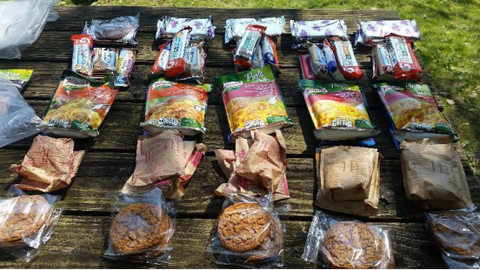
Ideas for high-energy, nutritious foods and snacks
- Complex Carbohydrates: Whole grain sandwiches, granola bars, and dried fruits provide long-lasting energy.
- Protein: Jerky, nuts, and trail mix support muscle repair and recovery.
- Quick Sugars: Energy gels and chocolate for immediate energy boosts during strenuous sections.
- Electrolytes: Sports drinks or electrolyte tablets to replenish minerals lost through sweat.
Planning meals and snacks for your hike duration
- Pre-hike: Start with a meal rich in complex carbohydrates and protein for sustained energy.
- During the hike: Consume small, frequent snacks every hour to maintain energy levels. Plan for one larger, nutrient-dense meal if on a full-day hike.
- Post-hike: Include protein to aid in muscle recovery, along with carbohydrates to replenish energy stores.
Tailoring your nutrition strategy to the demands of the hike not only enhances your physical capability but also enriches the overall outdoor experience, allowing you to explore nature’s wonders with vitality and vigor.
9. Hydration: Staying hydrated on the trail
Hydration stands as the foundation of health and performance in outdoor activities, making proper water intake essential for sustaining energy, cognitive function, and warding off heat-related illnesses.

Hydration strategies
- Water Sources: Identify natural water sources on your route.
- Purification Methods: Use filters, purification tablets, or boiling.
- Carrying Options: Hydration bladders for convenience, water bottles for ease of use.
- How Much Water to Bring: The rule of thumb is about half a liter per hour of moderate activity in moderate temperatures. Adjust based on climate, exertion level, and individual needs.
- Signs of Dehydration: Watch for thirst, dry mouth, fatigue, and darker urine. Early recognition and response are key to preventing dehydration-related issues.
Prioritizing hydration through planning and awareness ensures a safer and more enjoyable hiking experience.
10. Emergency shelter: Being prepared for the unexpected
Carrying an emergency shelter, also a key item among the 10 essentials for hiking, is a fundamental safety precaution for all hikers. It serves as a critical line of defense against sudden weather changes or unforeseen circumstances that may delay your return.

Types of emergency shelters
- Bivy Sacks: Compact, lightweight, and designed for single-person use, offering minimalistic protection.
- Ultralight Tents: Offer more comfort and space while still being light enough for backpacking.
- Space Blankets: Highly reflective, lightweight blankets designed to retain body heat, useful in a variety of emergency situations.
Situations where you might need an emergency shelter
- Unexpected weather changes that leave you exposed to cold, rain, or snow.
- Getting lost or injured, necessitating an unplanned overnight stay.
- Prolonged breaks in harsh conditions, where immediate warmth and shelter are needed.
Inclusion of an emergency shelter in your hiking gear ensures that you’re prepared for the unpredictable, reinforcing your safety and confidence to tackle the adventures ahead.
Wrapping up
Embarking on a hike is embarking on an adventure — one that requires respect for nature and preparation. Packing these 10 essentials for hiking ensures that you’re ready to face whatever challenges come your way, allowing you to fully immerse in the beauty and serenity of the great outdoors. Remember, the best hiker is a prepared hiker. So gear up, step out, and embrace the adventure with confidence and peace of mind.
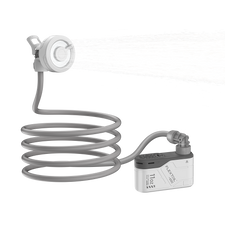 MAX SHOWER
MAX SHOWER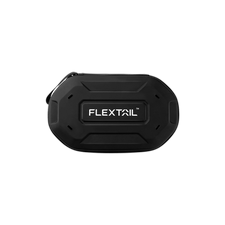 STORAGE BOX
STORAGE BOX SHOWER HOSE
SHOWER HOSE SHOWERHEAD
SHOWERHEAD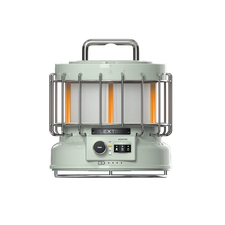 MAX LANTERN
MAX LANTERN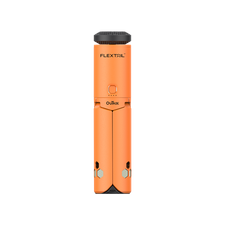 EVO LANTERN
EVO LANTERN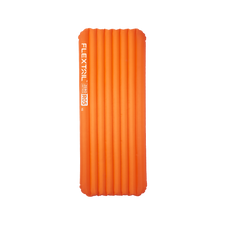 R05 REGULAR
R05 REGULAR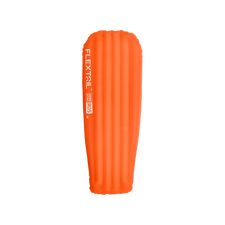 R05 MUMMY
R05 MUMMY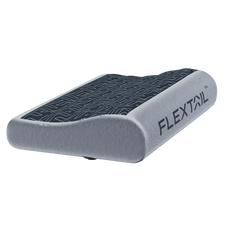 ZERO PILLOW
ZERO PILLOW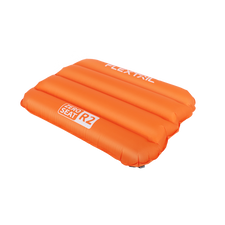 ZERO SEAT
ZERO SEAT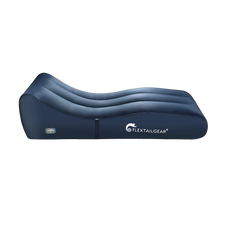 COZY LOUNGER
COZY LOUNGER MAX COOLER
MAX COOLER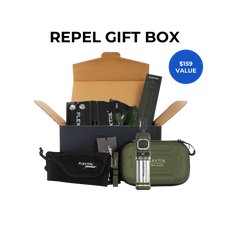 REPELLER GIFT BOX
REPELLER GIFT BOX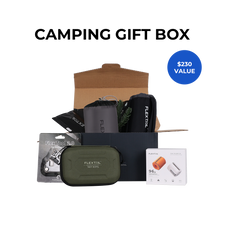 CAMPING GIFT BOX
CAMPING GIFT BOX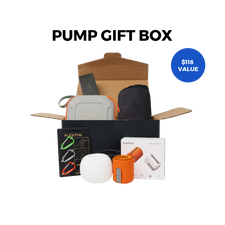 PUMP GIFT BOX
PUMP GIFT BOX VACUUM BAGS
VACUUM BAGS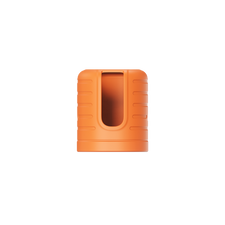 PROTECT COVER
PROTECT COVER LAMPSHADE
LAMPSHADE NOZZLE SET
NOZZLE SET 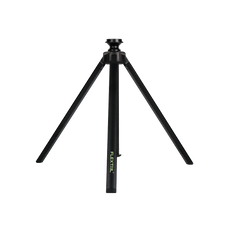 FLEX TRIPOD
FLEX TRIPOD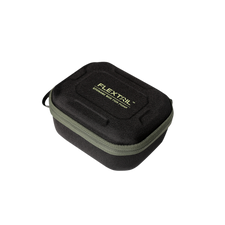 STORAGE CASE
STORAGE CASE BIG ANGLE NOZZLE
BIG ANGLE NOZZLE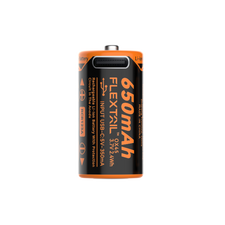 ZERO BATTERY 650CHT
ZERO BATTERY 650CHT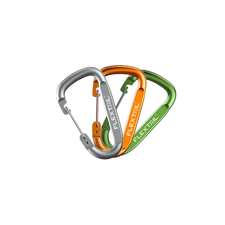 CARABINER SET
CARABINER SET VACUUM BAGS & PUMP
VACUUM BAGS & PUMP 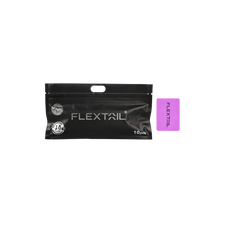 REPELLENT MAT
REPELLENT MAT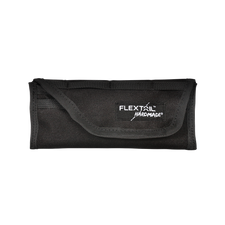 FLEX BAG
FLEX BAG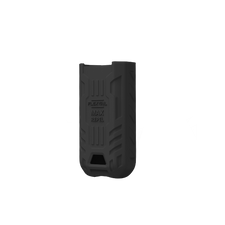 PROTECT COVER
PROTECT COVER  FLEX HANDLE
FLEX HANDLE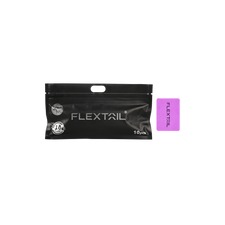 Free 10pcs Repellent Mats
Free 10pcs Repellent Mats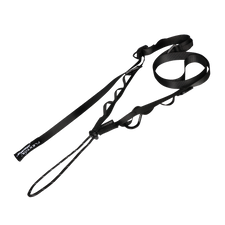 FLEX STRAP
FLEX STRAP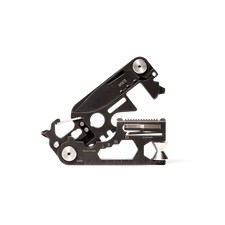 FLEX TOOL
FLEX TOOL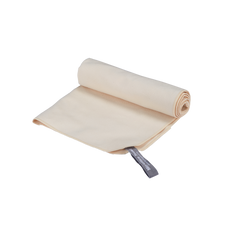 COZY TOWEL
COZY TOWEL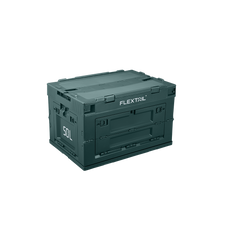 CAMPING STORAGE BOX
CAMPING STORAGE BOX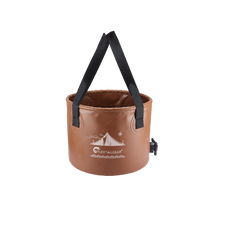 FLEX BUCKET
FLEX BUCKET EN
EN JA
JA
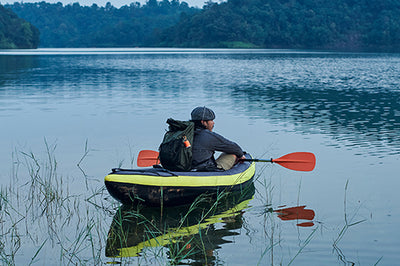
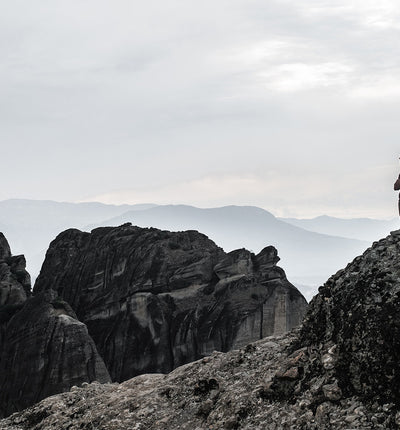
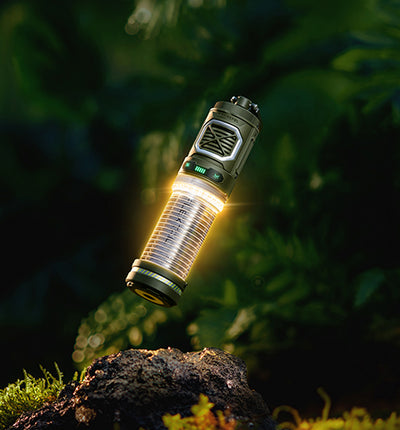




1 comment
Vince Giese
Realistic not simplistic. Well done!